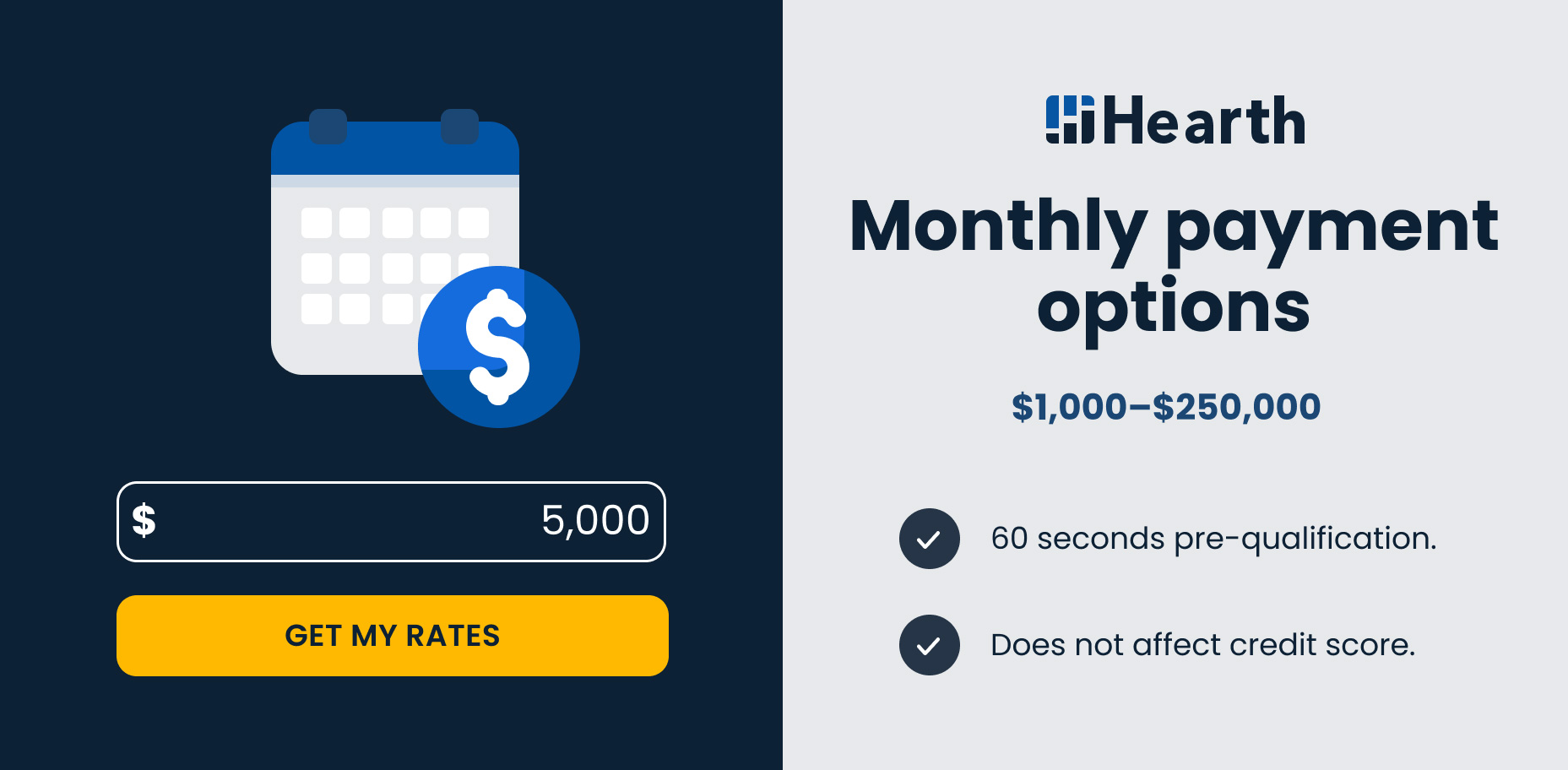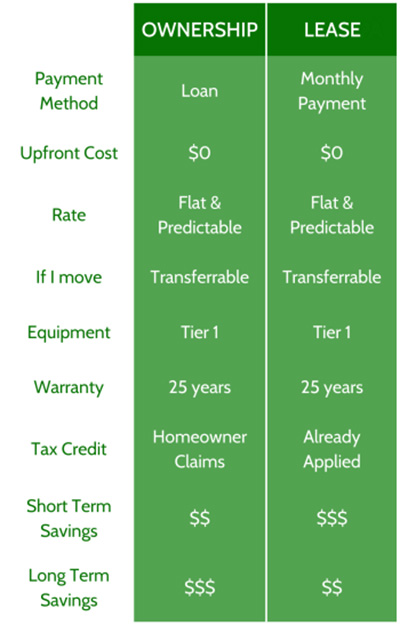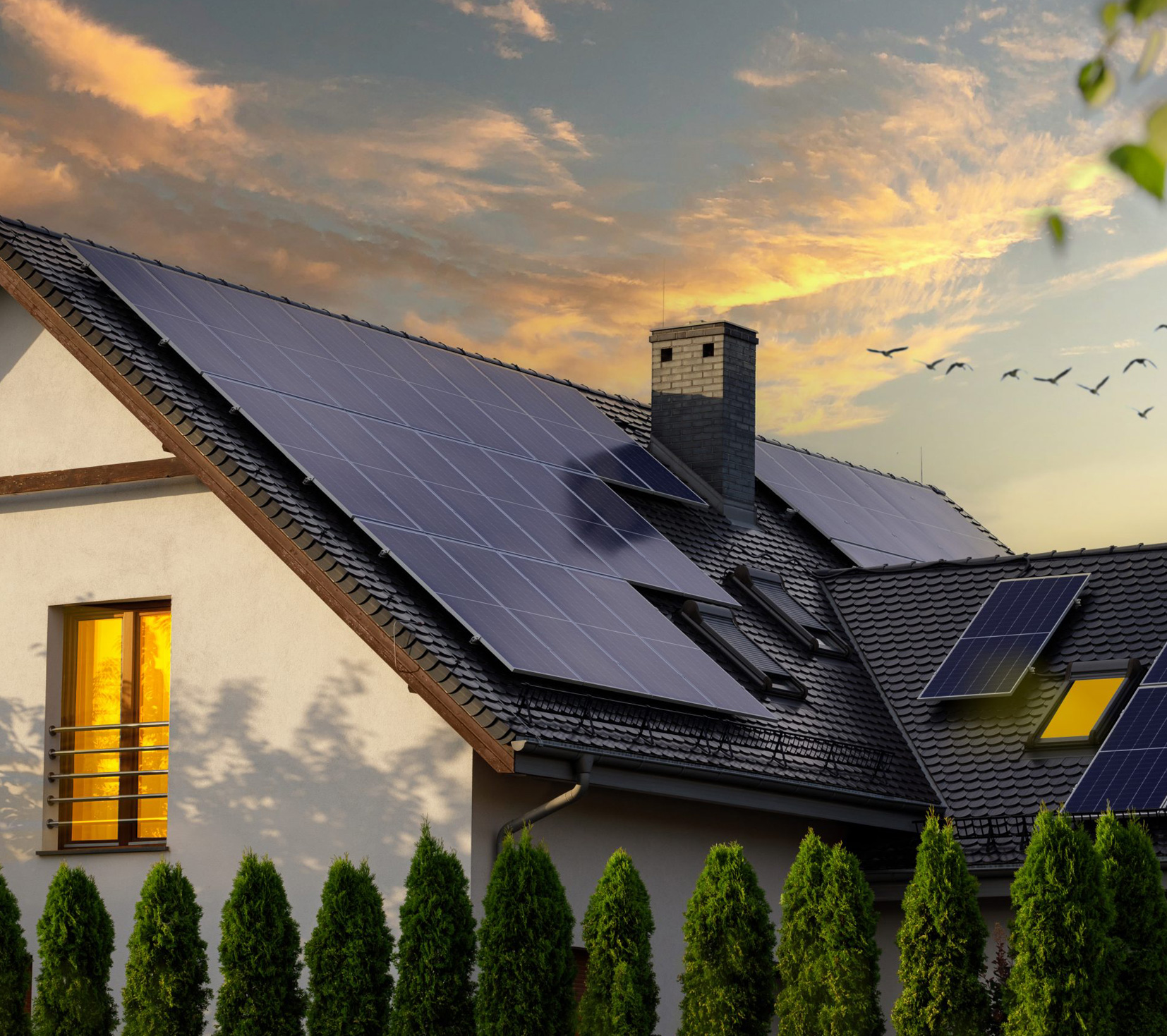Solar Financing Options through Seacoast Solar
Solar System Financing
As a homeowner, going solar is one of the most important decisions for your home. There are multiple financing options to fund your solar investment. Loans and leases continue to be two of the most popular choices. Hearth Financing believes in going green, which is why they help consumers find the loans they need to go solar. Solar loans can help you achieve quick purchase and installation of an amazing solar energy system – meaning you can enjoy all of the benefits of solar energy now without waiting to save up to pay in cash. Get your solar panels now with a solar loan from Hearth.
Seacoast Solar provides loan options for your solar installation. See your personalized monthly payment options within minutes and without affecting your credit score. Hearth makes it easy for you to consider monthly payment options based on the following:
- Loan amounts up to $250,000
- Affordable monthly payment options
- Funding within 1-3 days
- No prepayment penalties
- No home equity is required
Step 1.
Apply For A Loan
Step 2.
Speak To Agent
Step 3.
Provide Documents
Step 4.
Fund Your Loan
Which? A Solar Loan or Solar Lease?
There are multiple financing options to fund your solar investment, and loans and leases continue to be two of the most popular choices. Before making a decision on a solar loan or solar lease, it is important to know what each of these financing options entails.
Solar Loans
A solar loan is a type of home improvement loan. You make a down payment and pay in installments (plus interest) to recover the loan amount. You can secure such a loan from your solar retailer, bank, or non-banking financial companies (NBFCs). Bear in mind that the terms and conditions of loans vary from source to source. Because going solar increases the valuation of your property by 4.1% on average, you can make good on your solar debt if you plan for it.
There are different types of solar loans. For example, you can get a secure loan by staking collateral and get very low interest rates. Or, you could take a partial “green mortgage” on your recently purchased house. Another common type of solar loan is offered by the Residential Property Assessed Clean Energy Program (R-PACE), where you can pay the debt amount as property tax over a 10 to 20-year period.
One of the most significant differences between a solar loan and a lease is ownership. If you want to purchase a solar array for your home, a loan will fund your investment. Owning your solar setup gives you complete freedom and control over what you buy, how you set it up, and how you use it. You can go off the grid or remain grid-tied while making the most of your local net metering regulations.
Solar Leases
Leases is a contractual agreement for your solar installation. You pay a monthly rent to your solar provider for the solar array, and you are free to use all the power it produces. Unlike some lease financing options, a solar lease through Seacoast Solar does not require a down payment.
The Seacoast Solar program is guaranteed to produce the power/kilowatts quoted for 25 years, warrantied for 25 years, insured by a leasing company, and it is transferable to new homeowners with cost savings of up to 60% of their current electric bill.
While you don’t own the solar setup initially, the lease can be purchased and bought out after five years for the energy tax credit, in turn, you then own the complete solar installation. Either way, you reap the benefits of renewable energy and reduce your utility bills. Leasing is ideal if you don’t want to commit to taking a loan or making a hefty initial investment for your solar setup. Seacoast Solar’s leasing option comes with a 25-year fixed monthly rate.
However, don’t confuse this with solar power purchase agreements (PPAs). Leases have a fixed monthly payment that you need to make, irrespective of the amount of power you produce. For solar PPAs, the provider sets a fixed rate for every kWh of energy you produce (lower than what your utility provider charges) at the time of signing the contract. You make payments based on this rate multiplied by the energy you produce that month. The “rent” you pay is variable, and so are the savings you make.
Leasing a solar array does not give you ownership rights. The solar service provider you lease it from owns the system and will take care of its maintenance. You only use the power generated by the solar setup for your residential energy needs.
“We are very pleased with the Seacoast Solar company. Your installation crew worked skillfully and had the system operating in less than three days. Your sales representative made several very reasonable recommendations for improving our home’s energy efficiency, explained the typical cost and installation time. We are excited to have a system that uses the sun’s energy. Thank You!”
“We’re so happy with our decision to choose Seacoast Solar to handle our complete solar installation. From the moment I contacted the office, the entire staff was extremely friendly, knowledgeable, and helpful. The installation was amazingly quick and went off without a hitch. They left the property and my home exactly like they found it, probably a bit cleaner if you know the truth.”
“Thank you for handling all the permits and paperwork which we know can sometimes be stressful. We appreciate that Seacoast Solar took care of everything. We are very happy with how smoothly the installation went. The install crew was very professional and provided a clean and complete install. Now it is always great to visit the power meter and watch it running backwards.”



